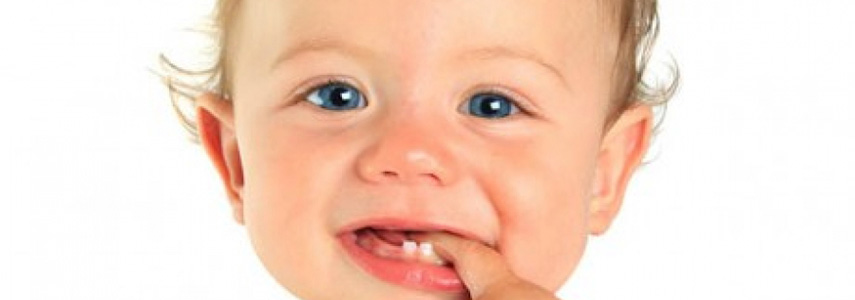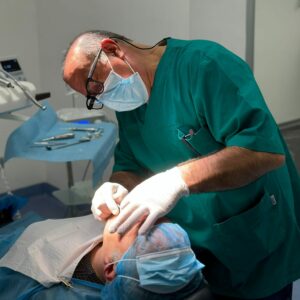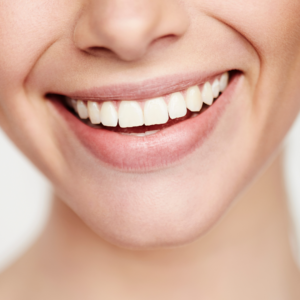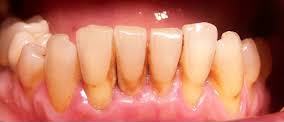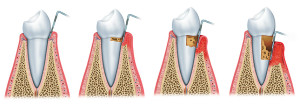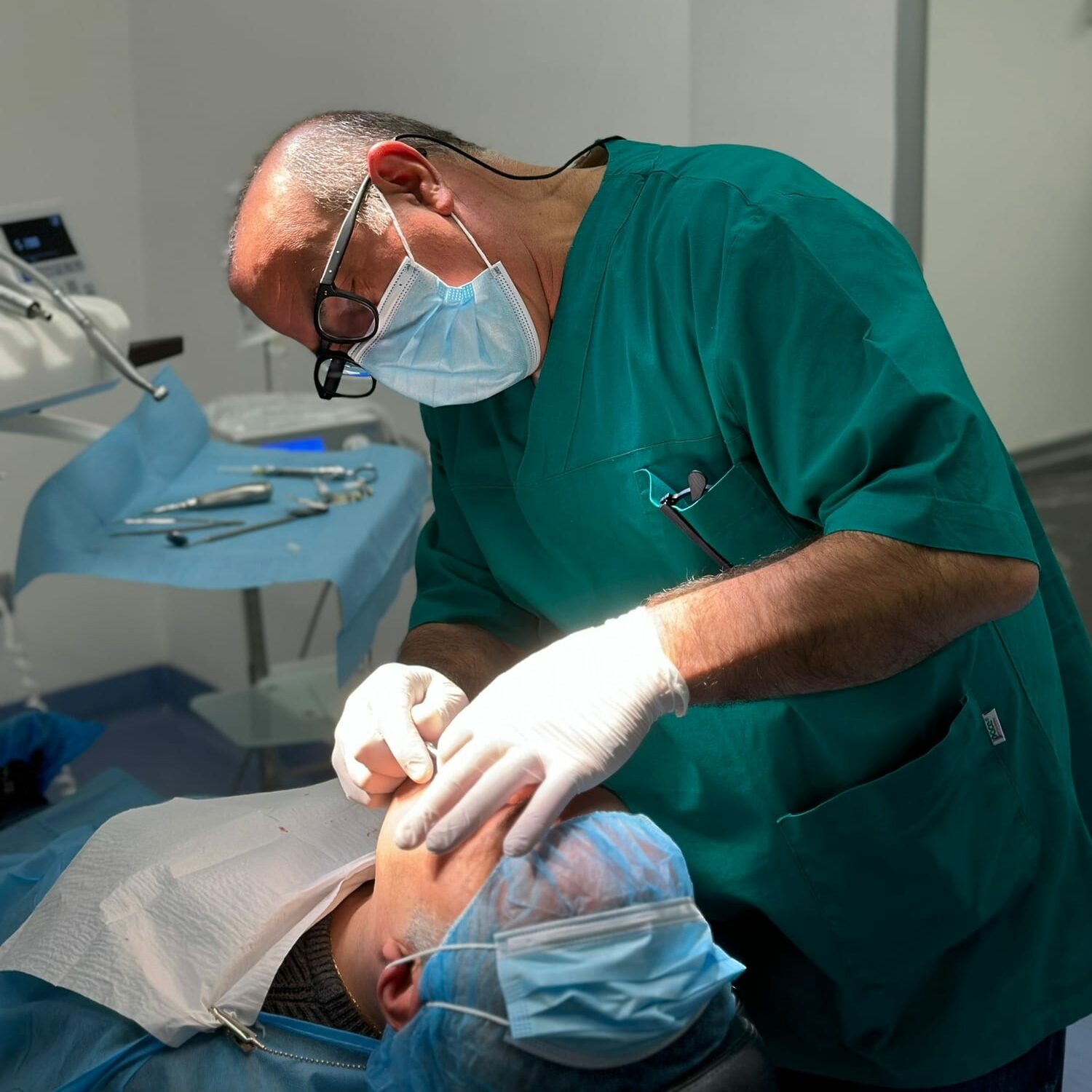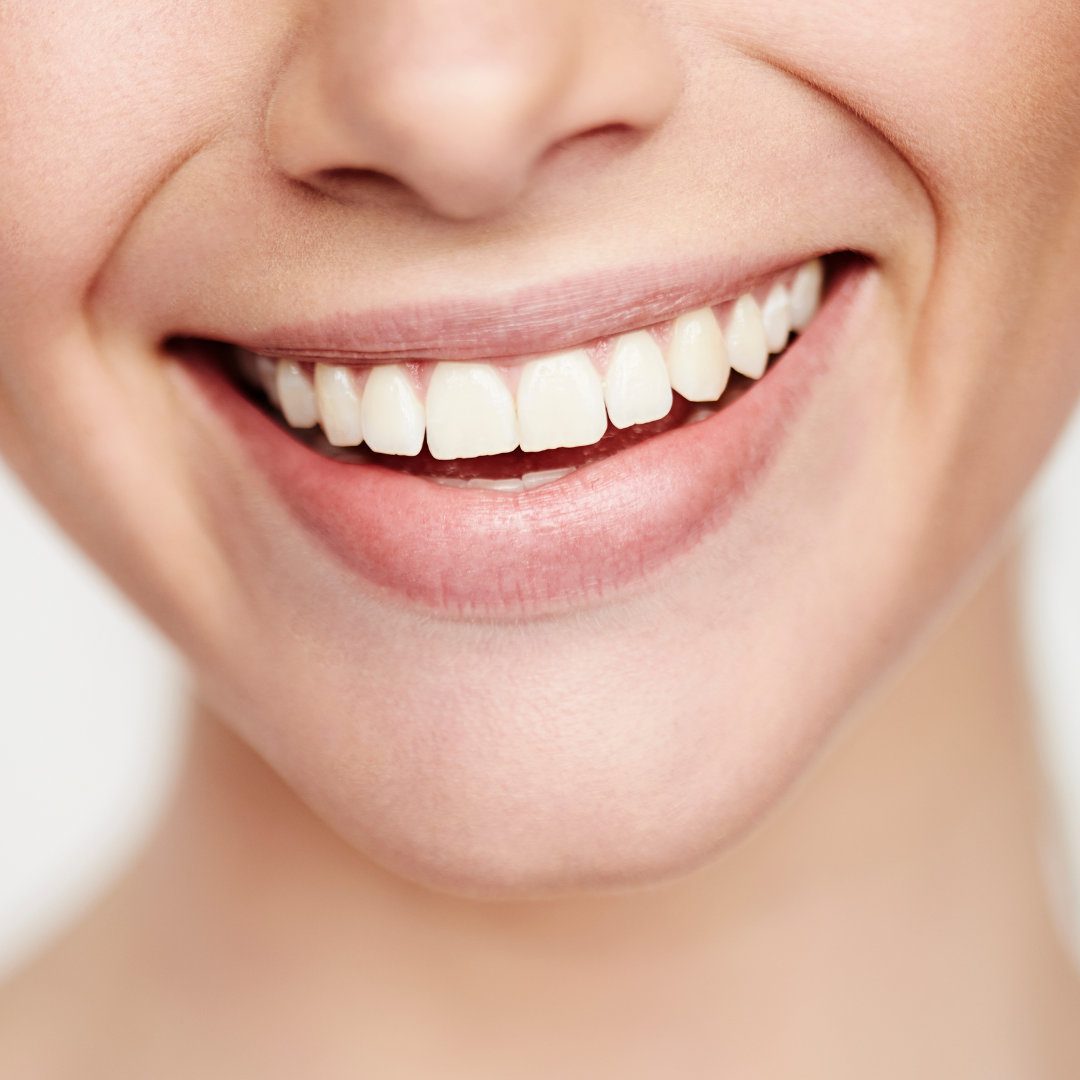The word “dentition” refers to the eruption process of the first dental elements in the arch: the deciduous or milk teeth. The first dentition is followed by the second, until the permanent dentition is completed. But how many milk teeth are there? What characteristics do they have? Is there an eruptive sequence for deciduous teeth? Find out with us.
20 deciduous teeth, 32 permanent
The deciduous or milk teeth are five for each half-arch (two upper and two lower), twenty in all. And they are classified as follows: two incisors (medial and lateral), one canine and two molars, there are no premolars. There are eight permanent teeth for each hemi-arch (four hemi-arches), including wisdom teeth, third molars. They are divided into: two incisors, one canine, two premolars and three molars. Important: permanent molars erupt posteriorly and do not replace deciduous teeth.
Eruption times and phases
The transition from deciduous to permanent dentition consists of phases and involves a period ranging from 6 to 12 years. There are, in this passage, some moments that have been defined as “delicate” and that have crucial importance in the development of the stomatognathic system.
But what are, in principle, the eruption times of the first teeth for a child? The lateral incisors are the first teeth to erupt, around the tenth month or the first year of age, followed by the first molars between 12 and 18 months, the canines between 16 and 24 months, the second molars between 24 and 30 months. Deciduous dentition should normally be complete between two and a half to three years. The rash of milk teeth can be very annoying and, to alleviate the discomfort in children, you can resort to some spreadable gels or pacifier, it is useful to keep it in the refrigerator beforehand so as to relieve painful gums.
Let’s see now the rough times that mark the permanent teeth spill: the first molars around 6 years of age, the incisors at 7-8 years, the first premolar at 9 years, the canine at 11-12 years, the second premolar at 11 years, the second molar at 12 years, the third molar between 17 and 24 years.
Deciduous-permanent dentition, the phases
As we have anticipated, there are three phases in the transition from deciduous to permanent dentition, which has been recognized as clinically important:

- the first exchange phase, between 6 and 8 years, which consists of the transition from the deciduous dentition to the actual mixed dentition, with the gradual exfoliation of the deciduous incisors and the eruption of the first molars and central and lateral incisors.
- the intertransitional period, between 8 and 10 years, which corresponds to the arrest of dental development. This is an evolutionary moment of great importance: the bone bases develop, the intercanine distance increases, the permanent tooth buds mature, close to the eruption. At this moment the incisors, the first permanent molars, the canines and the deciduous molars will be present in the arch.
- second exchange phase, between 10 and 12 years: it is the final phase of the exfoliation of the deciduous teeth, coincides with the eruption of the canines, premolars and, finally, of the second molars.
For good dental development
Very important for permanent dental development is the presence of space reserves, these allow permanent teeth to take the place of deciduous fees. Here are the space reserves useful for the eruption of permanent teeth:
- formation of diastemas among the deciduous (space between two contiguous teeth)
- the intercanine distance that increases during the intertransitional period, the time in which dental development stops
- most vestibular eruptive position (front face of the teeth) of the permanent incisors
- Leeway space: sliding space, given by the dimensional difference between posterior and permanent deciduous teeth.
Curiosity
What is mixed dentition?
Mixed dentition is a precise phase of the development of dental arches characterized by the simultaneous presence of deciduous and permanent teeth. It is marked by two exchange phases, the first from 6 to 8 years and the second from 10 to 12 years, interspersed with each other by an intertransitional period, in which there is no exfoliation of the deciduous dentition nor the eruption of permanent teeth .
Are there differences between deciduous teeth and permanent teeth?
The answer is yes. Let’s see what the differences are:
– milk teeth have less volume than permanents
– the crown of the deciduous dentition, just at the level of the collar, has a bulge;
– another difference concerns the color: the deciduous teeth have a milky color with blue reflections, the permanent teeth have, instead, an ivory-yellow color;
– the walls of the crowns of the deciduous are convex.
After reading this article, the characteristics and eruption times that regulate the deciduous and permanent teeth will perhaps be clearer.




